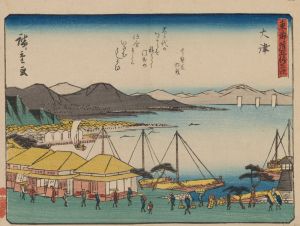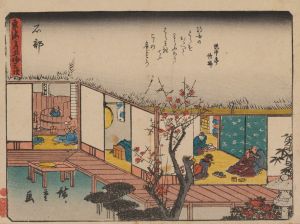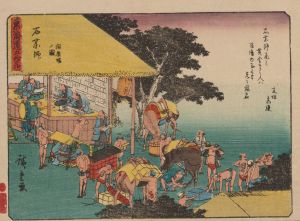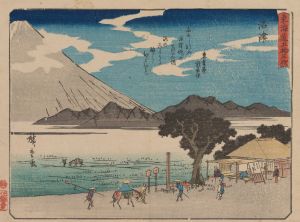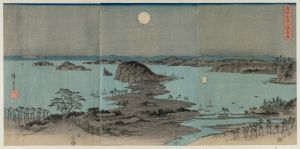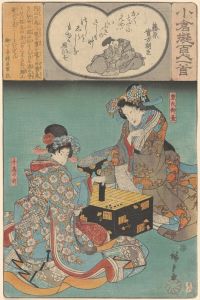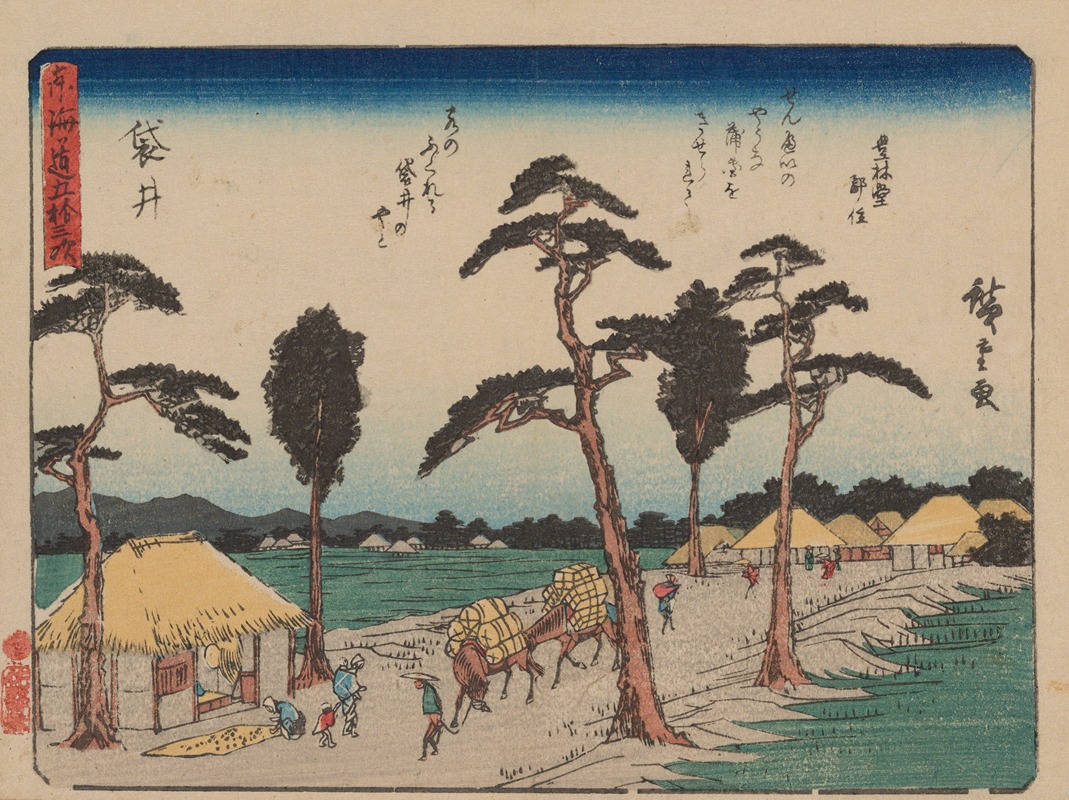
Tokaido gojusantsugi, Pl.28
A hand-painted replica of Andō Hiroshige’s masterpiece Tokaido gojusantsugi, Pl.28, meticulously crafted by professional artists to capture the true essence of the original. Each piece is created with museum-quality canvas and rare mineral pigments, carefully painted by experienced artists with delicate brushstrokes and rich, layered colors to perfectly recreate the texture of the original artwork. Unlike machine-printed reproductions, this hand-painted version brings the painting to life, infused with the artist’s emotions and skill in every stroke. Whether for personal collection or home decoration, it instantly elevates the artistic atmosphere of any space.
Tokaido gojusantsugi, Pl.28 by Andō Hiroshige
"Tokaido gojusantsugi, Pl.28" is a woodblock print created by the renowned Japanese ukiyo-e artist Andō Hiroshige (1797–1858). This artwork is part of Hiroshige's celebrated series titled The Fifty-three Stations of the Tōkaidō (Tōkaidō Gojūsan-tsugi no Uchi), which depicts the 53 post stations along the Tōkaidō road, a major travel route connecting Edo (modern-day Tokyo) and Kyoto during the Edo period. The series was first published in the 1830s and became one of Hiroshige's most famous and influential works.
Plate 28 corresponds to the station of Fukuroi, one of the post towns along the Tōkaidō. Like other prints in the series, it captures a scene that reflects the local landscape, culture, or daily life of the area. Hiroshige's prints are known for their vivid colors, dynamic compositions, and ability to evoke a sense of place and atmosphere. His work often blends natural scenery with human activity, offering a glimpse into the travel and customs of the Edo period.
The Fifty-three Stations of the Tōkaidō series was created using the traditional Japanese woodblock printing technique, which involved multiple artisans, including the designer (Hiroshige), carvers, and printers. The series was produced by the publisher Hoeido, and it became immensely popular, cementing Hiroshige's reputation as a master of landscape art.
The specific details of Plate 28, such as the depicted scene or its artistic elements, are not universally agreed upon in available sources. However, like other prints in the series, it likely combines natural and human elements to illustrate the unique character of Fukuroi station. The series as a whole is considered a masterpiece of Japanese art and has had a lasting influence on both Japanese and Western artists, including the Impressionists.
Hiroshige's work is often praised for its ability to convey the beauty of Japan's landscapes and the rhythm of everyday life during the Edo period. The Fifty-three Stations of the Tōkaidō series remains a significant cultural artifact, offering insight into the historical Tōkaidō route and the artistic traditions of the time.





